Raja Ravi Varma: The Master of Indian Art
Raja Ravi Varma, often referred to as the “Father of Modern Indian Art,” was an iconic Indian painter who left an indelible mark on the nation’s artistic heritage. His works, which blended Indian traditions with European academic art, continue to be celebrated and cherished to this day. Let’s delve into the life and artistic contributions of this remarkable artist.
Exploring the Enigma of Rogan: A Journey Through his art

In the world of contemporary art, one name continues to intrigue and captivate both critics and enthusiasts alike: Rogan. This enigmatic artist, shrouded in mystery, has carved a niche for himself with his unique and captivating paintings. In this blog, we embark on a journey to explore the mesmerizing world of Rogan’s art, shedding light on his distinct style and the profound impact of his work.
Guernica by Pablo Picasso: Unraveling the Depths of a Masterpiece
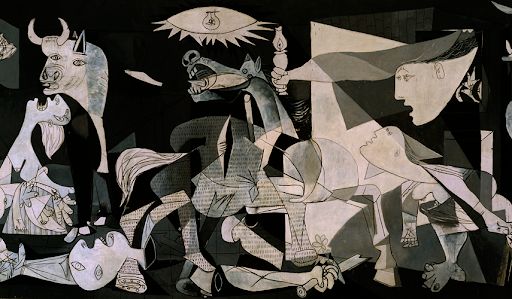
The monochromatic painting of history brought down the collection of historical moments. Picasso, one of the best artists of all time marked historic attention with his renowned ‘Guernica’ Picasso art. A famous painting in yellow has changed the perspective of the world. The Picasso paintings like always made the beautiful recognition pinned.
Venturing the Beauty of Warli Painting: A Cultural Heritage of Maharashtra
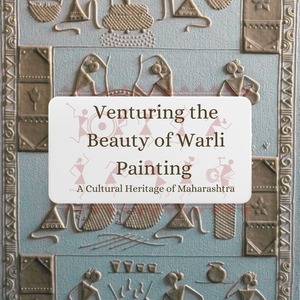
Eye-catching ingenious art from lived for years. This art form oriented from Maharastra brings a lot to our lives. Where it was just limited to the walls now it is introduced on the dresses.
Warli painting is a unique and vibrant art form that has its roots in the Indian state of Maharashtra. Painting of Warli art’s traditional style of painting is deeply connected to the Warkari sect, a religious group that worships Lord Vithoba, a form of Lord Krishna, and undertakes annual pilgrimages to the sacred temple of Pandharpur. In this blog, we will delve into the history, significance, and characteristics of Warkari painting, shedding light on this rich cultural heritage of Maharashtra. The Warli art picture remarks the significance of dwelled art. Exploring all the sides of it has got in from walls, till canvas, till fashion and now all over the world.
Bengali Patachitra: The Vibrant World of Folk Art
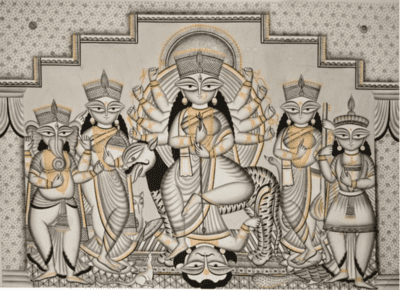
Bengali Patachitra, a traditional form of scroll painting hailing from the eastern Indian state of West Bengal, is a captivating world of art that tells stories, legends, and myths through vibrant visuals. Patachitra, derived from the Bengali words “pata” (cloth or canvas) and “Chitra” (picture), is an art form deeply rooted in the cultural heritage of Bengal. In this blog, we will take a colourful journey into the fascinating world of Bengali Patachitra, exploring its history, techniques, themes, and cultural significance.
डिंडीगुल ताले

तमिलनाडु में स्थित, डिंडीगुल शहर 19वीं सदी की शुरुआत से ताला बनाने का केंद्र रहा है। डिंडीगुल तालों की उत्पत्ति राजा मुथुरामलिंग थेवर के शासनकाल में हुई, जिन्होंने इस अद्वितीय शिल्प की क्षमता को पहचाना और स्थानीय ताला बनाने वालों को अपने कौशल को सुधारने के लिए प्रोत्साहित किया।
पिचकारी का इतिहास
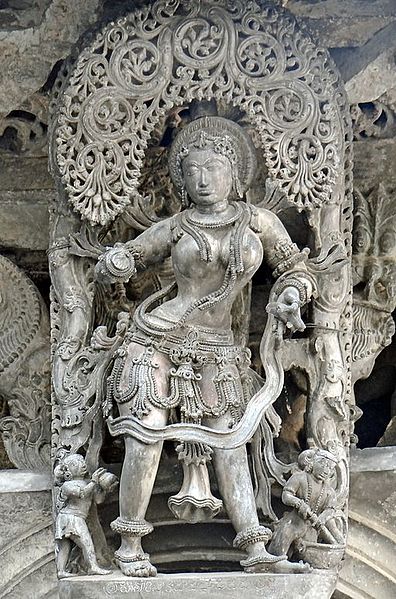
पुराने जमाने में , पिचकारियों को बांस या जानवरों के सींग जैसी प्राकृतिक सामग्रियों से बनाया जाता था, और पानी का छिड़काव करने के लिए एक बल्ब को दबाकर पानी का छिड़काव किया जाता था। पानी में फूलों के रंग या हल्दी जैसी चीजों को मिलाकर उसे रंगीन बनाया जाता था । समय के साथ, पिचकारियां विकसित हुईं और विभिन्न सामग्रियों जैसे धातु, प्लास्टिक, या लकड़ी से तैयार की जाने लगी।
कुमाऊं की लोक कलाएँ
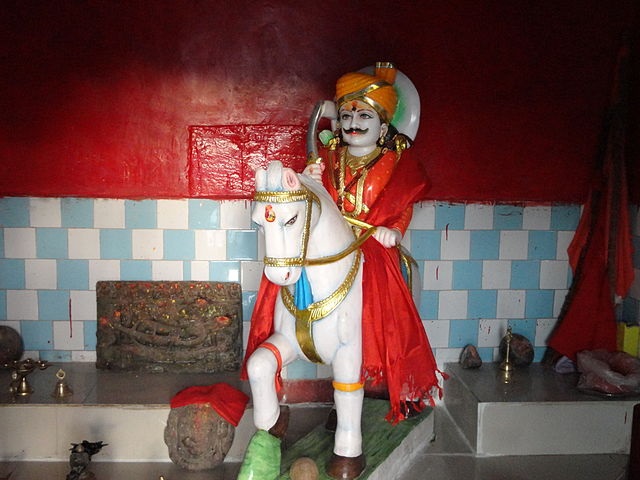
बेडु पाको बारो मासा नरणा! काफल पाको चैत मेरी छैला - जब मोहन उप्रेती ने बेडु पाको को तीन मूर्ति भवन में गाया, तो भारत के तत्कालीन प्रधान मंत्री जवाहरलाल नेहरू ने इस गीत को सर्वश्रेष्ठ लोक गीत के रूप में चुना। इसके बाद मोहन उप्रेती बेडु पाको बॉय के नाम से लोकप्रिय हो गए ।
कुष्मांडी लकड़ी का मुखौटा

कुष्मांडी का मुखौटा कुशल कारीगरों द्वारा लकड़ी के ऊपर डिज़ाइन उकेर कर बनाया जाता है । मुखौटे को अक्सर चमकीले रंगों से रंगा जाता है। मास्क आम तौर पर बड़े होते हैं और पहनने वाले के चेहरे को पूरी तरह से ढक देते हैं। उन्हें और सजाने के लिए उनपर पक्षिंयों के पंख, सीपी जैसी चीजें लगाई जाती हैं।
खोया-मोम धातु कास्टिंग तकनीक

खोया-मोम धातु कास्टिंग (Lost wax metal casting technique) तकनीक एक ऐसी प्रक्रिया है जिसका उपयोग हजारों वर्षों से धातुओं से जटिल एवं सुन्दर वस्तुओं को बनाने के लिए किया जाता रहा है। इस तकनीक में पहले वस्तु का एक मोम मॉडल बनाया जाता है। इसे एक सांचे में लपेटा जाता है। फिर मोम को पिघलाकर सांचे से निकल दिया जाता है। खली जगह में पिघली धातु से भर दिया जाता है। इससे मूल मोम मॉडल की प्रतिकृति तैयार हो जाती है। पुरातात्विक साक्ष्य मिले हैं कि 4500 ईसा पूर्व से ही कई प्राचीन सभ्यताओं ने इस तकनीक का उपयोग सुंदर कलाकृतियां बनाने के लिए किया है।
